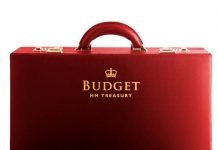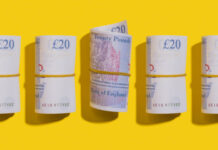Key insights from the week that was.
This week had a singular focus, Q2’s historic fall in Australian GDP.
Coming in at -7%, the decline in activity in Q2 was second to none in the history of the survey. Indeed, Q2’s fall was more than three times the next largest contraction ever experienced, -2.0% back in Q2 1974.
Consumption was the hardest hit component of demand, falling 12% because of the strict restrictions put in place to stop COVID-19’s spread. In contrast, residential investment fell around 7% and business investment declined almost 4%. It is important to note however that there will be a lagged effect for investment, particularly business capital expenditure, whereas consumption is now recovering.
Key headwinds for the second half include: Melbourne’s second lockdown and sporadic instances of the virus in other states; rising unemployment and underemployment across the nation; and, for Q4, a reduction in government payments to workers.
Offsetting positives include an assumed rolling back of restrictions coast to coast; the savings accumulated by Australian businesses and households through the first half; and an expectation that the Government will provide additional stimulus in October, when Budget 2020-21 is handed down. The RBA also intend to keep monetary policy extraordinarily accommodative, this week announcing that the Term Funding Facility will be expanded.
Into the December quarter, we do however also have to be mindful of consumers’ willingness to spend. Notably, in recent weeks, our Westpac Card Tracker has pointed to a loss of momentum in consumer spending across the states, to varying degrees.
One of the less-focused on stories from the quarterly accounts is the scale of support the economy received from net exports. While exports fell 6.7% in Q2, imports fell 13% resulting in a 1.0ppt contribution to growth in Q2 and a historic current account surplus in nominal terms. This inflow of capital helped offset the outflow caused by foreign investors repatriating funds amid COVID-19 uncertainty, stabilising the Australian dollar early in Q2 and supporting its subsequent rally back to around USD0.69 at the end of June.
Of course, the Australian dollar is now higher still at around USD0.73, we believe on the way to USD0.80 by end-2021 – as detailed last week by Chief Economist Bill Evans. This uptrend is the result of early progress towards global recovery and expectations these gains will persist. Sustained ultra-accommodative policy, as signalled by the FOMC last week, is also supportive of the recovery, commodity prices are consequently the Australian dollar.
It should be recognised though that the Australian dollar is not simply riding a general trend. The latest capital flow data make clear that foreign investors have faith in our individual outlook, remaining happy to invest here. Highlighting this, amid a particularly turbulent first half, direct equity inflows from foreign parents to Australian subsidiaries remained positive, and foreign portfolio equity investment in Australia also continued to increase.













